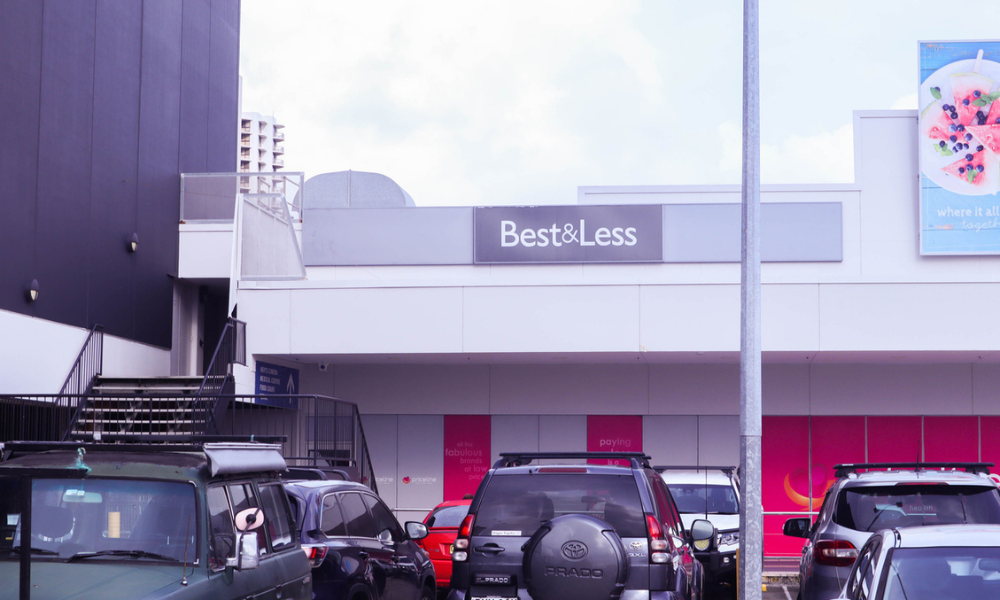Great companies maintain their competitive advantage by almost unfailingly ‘getting the right people on the bus’. The first link in the chain is sourcing
Great companies maintain their competitive advantage by almost unfailingly ‘getting the right people on the bus’. The first link in the chain is sourcing.
Top sourcing and recruiting professionals implement and even invent ‘next’ practices but they also have a solid grasp on the fundamentals. They are forecasters, strategic planners, savvy marketers, analysts and futurists. A profile of today’s top sourcing professional looks something like this:
1. They know what they’re looking for. Great sourcing starts by taking the time to understand and document the skills necessary for success. This means satisfying today’s needs but also sourcing people with the capabilities to quickly learn new skills and competencies as the business evolves.
2. They have a sourcing strategy. As above, top recruiters understand the corporate business strategy so that they know what types of talent to target and how to prioritise sourcing and recruiting efforts. They also gather intelligence in how target talent looks for work and how they are successfully sourced. Different talent requires different approaches, different tactics and different messaging.
3. They think and act like marketing professionals. Today, attention-grabbing job titles and compelling descriptions are just the starting point. Targeted messaging, sophisticated branding, highly engineered career web sites and a CRM approach to building and leveraging a talent pipeline are necessary but no longer leading edge. The best sourcing professionals are adopting a consumer marketing approach, using a wide range of tools, technologies and methods to reach their audience and compel it to take action.
4. They relentlessly tap the networks of their employees. There is no better sourcing method than employee referral. Every employee can be a talent scout. Every conference, seminar, birthday and wedding can be an opportunity to assess potential talent. World-class sourcing operations engage the workforce to refer candidates. Employee referral is the least expensive and most efficient sourcing method. Most importantly, it results in better hires. At least one-third, and ideally one-half of hires should come from this source.
5. They source everywhere. Great sourcers see no borders or boundaries in finding the best performers. This means they fear no challenge when it comes to poaching top talent, or bridging geographic borders. They target their competitors’‘A’ players. They are leaders in their organisations in arguing for the recruitment of top talent no matter where it resides in the world. As futurists, they also realise that the best people are less likely to emigrate or relocate today, and so they advocate for the use of virtual and remote teams so that the very best can be assembled regardless of distance.
6. They measure, analyse and continuously improve. The best know where they are adding the most value, they know the effectiveness of each source and method and they can calculate their impact on the business. They can articulate their value in financial terms by tracking the revenue impact of the people they source and who are hired versus the cost of their own operations. They measure and analyse their efforts and outcomes so that they can demonstrate their worth, but more importantly, so they can continuously make adjustments to improve their sourcing and recruiting methods.
7. They understand and leverage technology. Job boards, résumédatabases, intelligent search engines, social networks, blogs, wikis and virtual worlds are just some of the sourcing tools that have come on the scene since the late-1990s. It is next to impossible for a sourcing specialist to compete today without a mastery of at least some of these tools. In sourcing, rigour starts by knowing what you’re looking for, targeting talent strategically and screening potential sources thoroughly.
8. They add rigor to the hiring process. The best talent expects to be tested strenuously before an offer is made, after all, good people don’t want to join a firm that will take just anyone.
9. They contemplate the future. This may include broad economic changes that impact demand for talent. More often change is portended by disruptive technology, new competitors, breakthrough processes or pending regulations.
10. They source all types of talent. The contingent and non-traditional workforces are growing at more than five times the rate of the traditional workforce. Organisations rely more and more on contract, temp, remote, flexitime and part-time workers. Worker preference is also driving the trend as both older and younger talent often opt for the freedom and higher comparative wages that contract work offers and/or the flexibility of alternative work arrangements.
By Allan Schweyer, president of the Human Capital Institute








